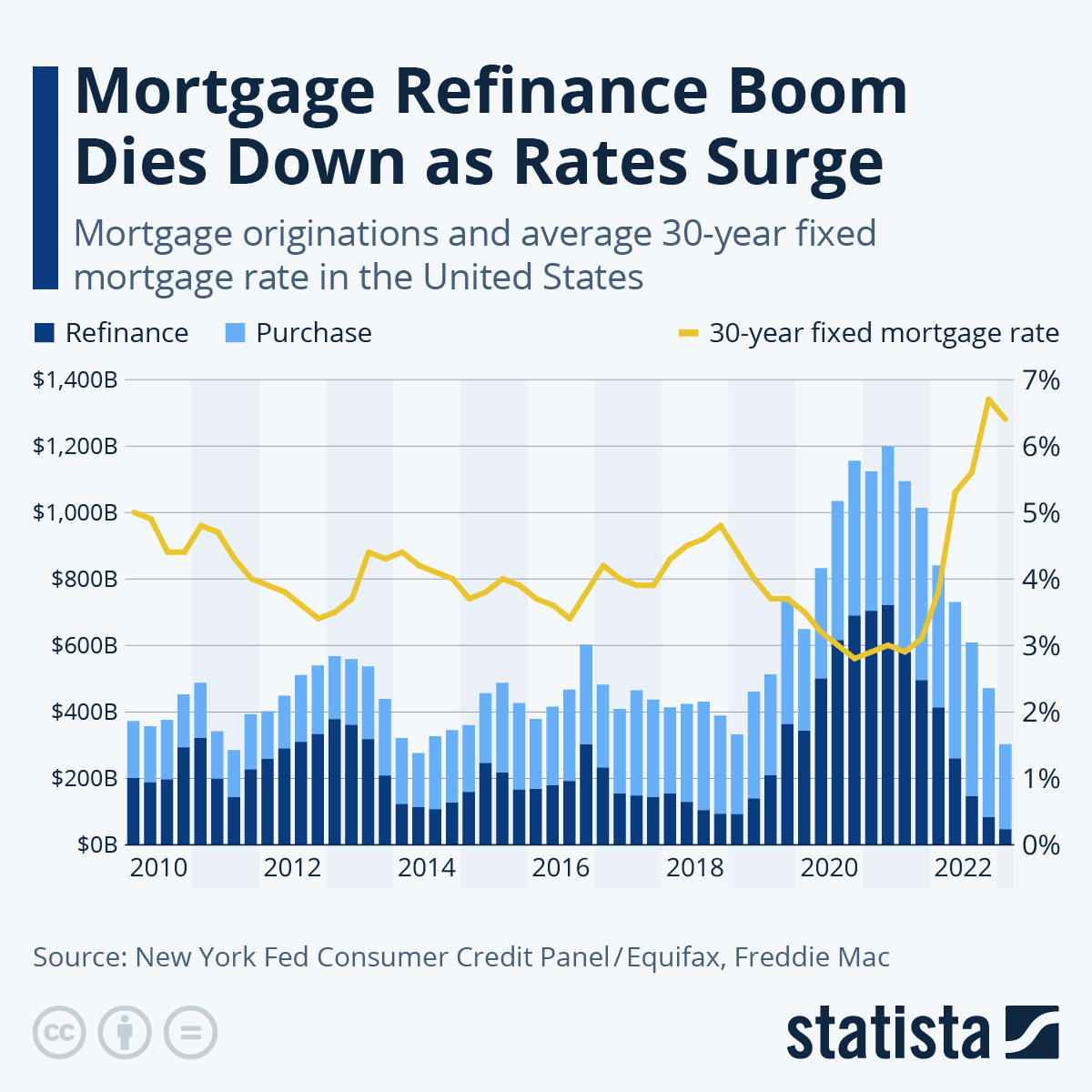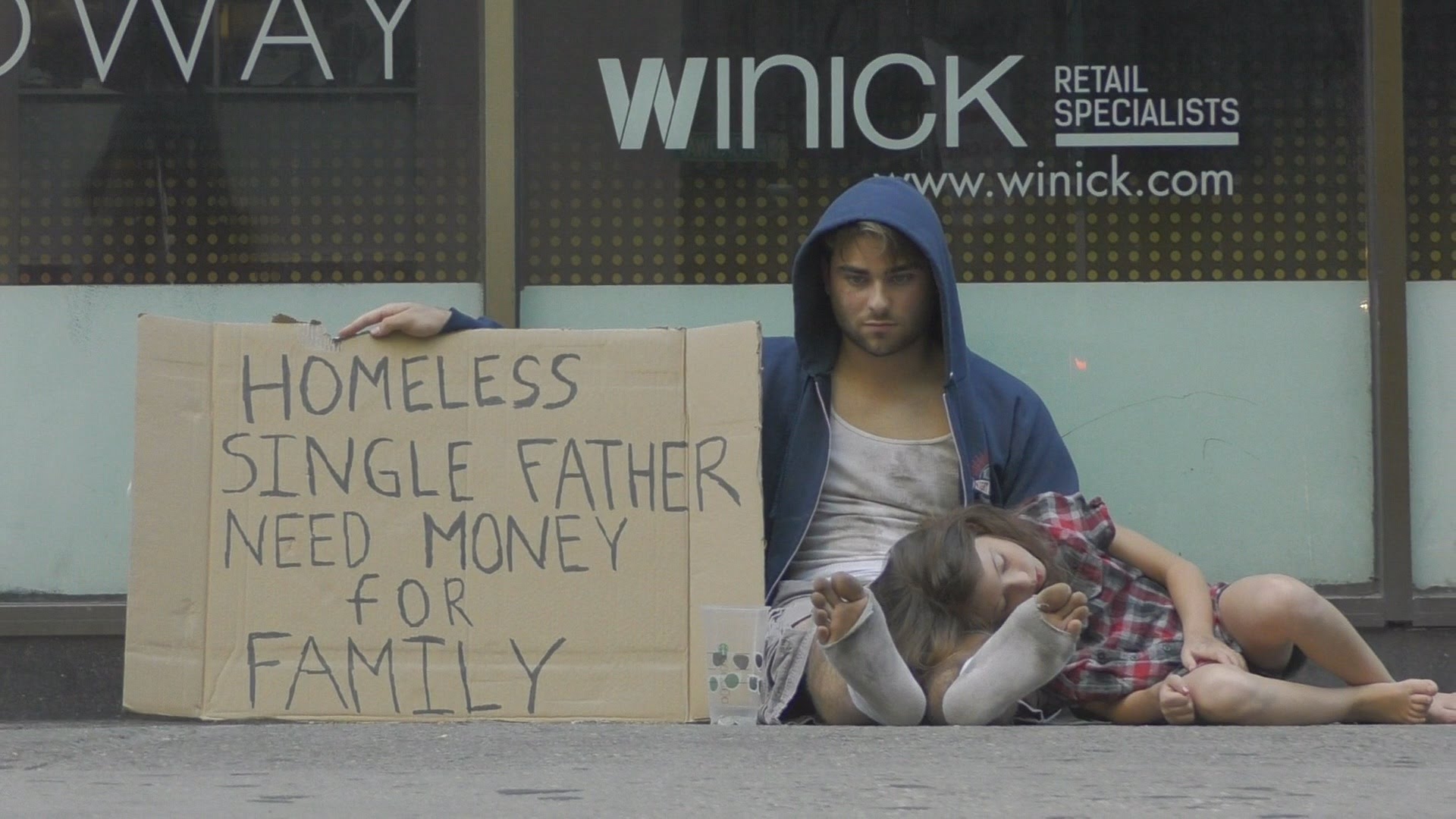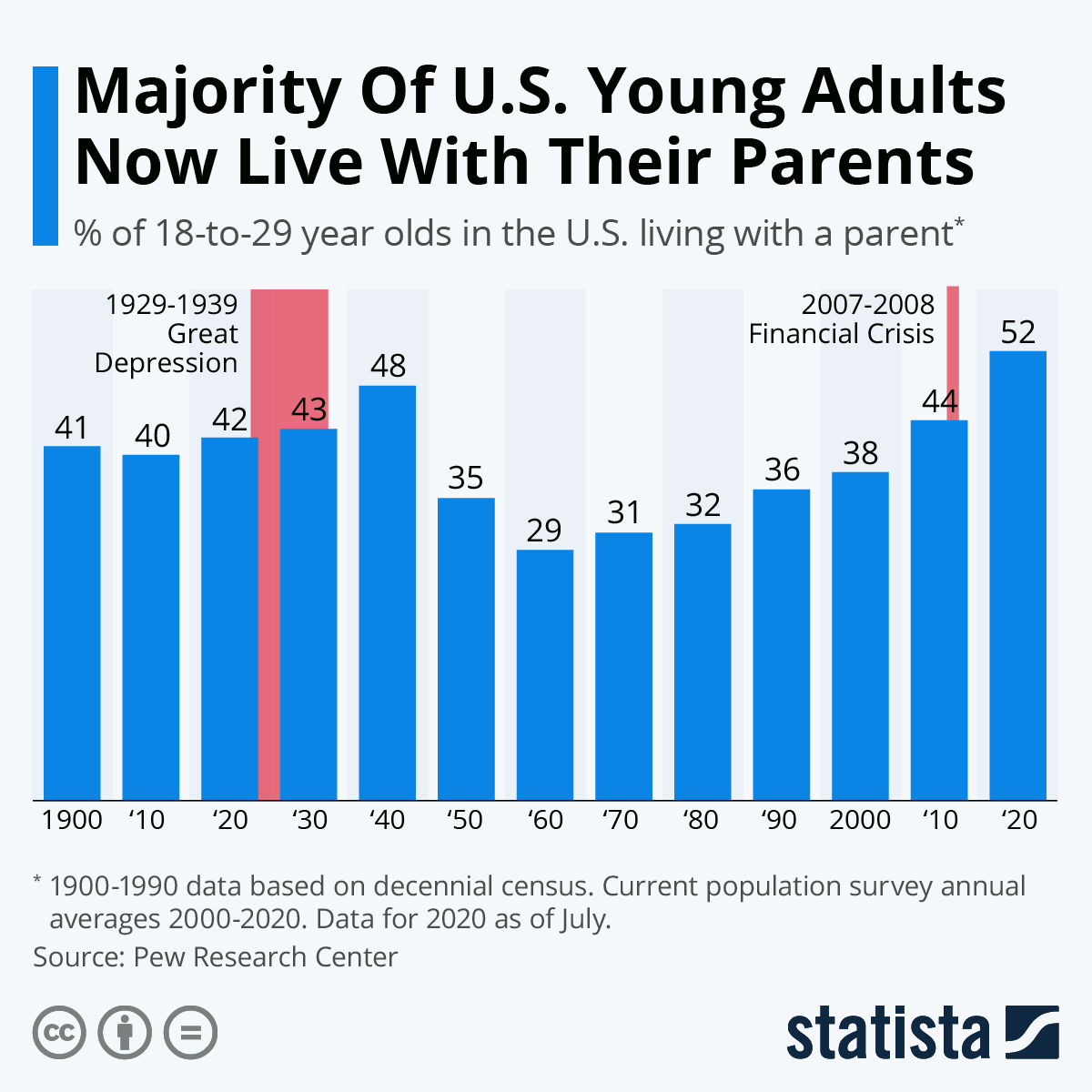Published on N-IUSSP.ORG November 2, 2020
How many people experience homelessness in Australia?
James O’DonnellHomelessness is damaging to individuals and society – and an exceedingly difficult phenomenon for researchers and policymakers to measure and analyze. In this article, James O’Donnell describes a new approach to estimating annual homelessness. Demonstrating the approach with existing data from Australia, the results point to the wide impact of homelessness and housing deprivation in society.
Most estimates of homelessness are based on point-in-time counts, such as the night or consecutive nights of a homelessness count. These are important because they provide critical information on the daily need for housing and homelessness services such as crisis accommodation. However, because homelessness is often experienced temporarily or episodically (Culhane et al. 2007; Link et al. 1995), more people experience it than are ever captured at a single point‑in-time.
Capturing the effects of these dynamics is difficult. Administrative data collected from homelessness service providers is an important source of longitudinal information (Culhane et al. 2007), but only capture data on those who come into contact with services. Household surveys sometimes ask retrospective questions about past episodes of homelessness, from which estimates of annual and lifetime rates of homelessness have been calculated (Chamberlain and Johnson 2015). However, these surveys invariably miss the potentially large population who are experiencing homelessness at the time of the survey. Thus, we do not really know how many people experience homelessness in any given year.
Estimating the currently homeless
In new research, I propose a method for estimating the size of the population missed in retrospective household surveys (O’Donnell 2020). Inspired by Capture‑Recapture techniques, the approach sets out to establish a relationship between the population whose homelessness over a 12 month period is ‘observed’ in a household survey to the population whose homelessness episodes are ‘unobserved’.
Observed episodes are those that conclude in the 12 months prior to a household survey, making individuals eligible for selection into the survey sample (barring death, imprisonment or emigration). Unobserved episodes are those that are ongoing at the time of the survey, making individuals ineligible for sample selection (see Figure 1). Dividing the number of unobserved episodes by the observed episodes gives what I call the k ratio.
fig 1 (should appear here https://www.niussp.org/wp-content/uploads/2020/11/fig_1_niussp.jpg)
There are in fact a set of k ratios specific to the duration of homelessness episodes. To understand their rationale, take the example of an individual who is homeless for one month in the year. This person will have a one-in-12 chance on being homeless on an average day. Under a certain set of assumptions (e.g. homelessness occurs uniformly throughout the year), this could also be taken to be the probability of the episode occurring at the time of a survey and therefore being unobserved. Dividing it by its complementary probability of the episode being observed (i.e. 11‑in‑12) gives a k ratio specific to episodes lasting one month. Calculating ratios for each duration and multiplying them by the number of observed homelessness episodes gives an estimate of the non‑sampled population experiencing homelessness at the time of the survey.
Applying the approach using Australian data
I use retrospective data from Australia’s General Social Survey (GSS) 2014 to operationalize the approach (ABS 2015). The GSS was a survey representing almost all private households in Australia. A homelessness module in the survey asked responding adults (aged 15 years and over) several questions about past experiences of homelessness, including the timing and duration of their most recent episode.
Respondents were recorded as having experienced homelessness when they reported not having a permanent place to live for reasons outside of their personal control and choice. Living circumstances included those often described as ‘literal’ and ‘hidden’ homelessness. Literal homelessness includes people sleeping rough on the streets and in makeshift dwellings (e.g. tents, cars, abandoned buildings, and train stations) and people staying in homeless shelters. Hidden homelessness or ‘housing exclusion’ includes people staying with family and friends (e.g. ‘couch surfing’) or in caravans/mobile homes, motels, hostels, and boarding/rooming houses.
A microsimulation model was used to account for several aspects in calculating the k ratios. Ratios were calculated by simulating homeless episode start and end dates and survey sample selection dates for a synthetic population. Episodes that overlapped selection dates were considered unobserved, while episodes that finished in the prior 12 months were observed. Microsimulation allows for the incorporation of auxiliary data on seasonal variation in the onset of homelessness, the size of the population who experience long-term homelessness, or the occurrence of multiple homelessness episodes. It also takes account of people who die or otherwise move out of the sample frame (e.g. due to imprisonment and migration).
Annual estimates of homelessness
According to the GSS, 351,000 adults experienced a completed episode of literal or hidden homelessness in Australia in the 12 months to 30 June 2014. On top of this, I estimate that 148,400 adults were experiencing homelessness at the time of the survey and a further 8,900 episodes may have been otherwise missed (e.g. due to people dying before the survey). Thus, 508,300 adults or 2.7 per cent of the Australian population were estimated to have experienced homelessness in the 2013-14 financial year.
The impact of homelessness and housing deprivation in society is considerably larger than existing measures suggest. The population who experience homelessness over a one-year period is predicted to be 3.4 times larger than the number counted on any single night. Further, only one-in-five homeless people are predicted to seek help from housing and homelessness services, suggesting that administrative data from such services substantially understate the scale of the problem.
The experience of homelessness is more diverse than commonly measured. Of the 508,300 adults who experienced homelessness in 2013-14, only 52,300 people (0.28 percent of the population) experienced literal homelessness on the streets or in a homeless shelter. Approximately 90 percent of episodes involved at least one period of staying with family or friends. And while 25 percent of episodes are predicted to last 12 months or longer, approximately 20 percent last less than two weeks. As shown in Figure 2, this contrasts strongly with point‑in‑time counts which tend to overrepresent long-term homelessness.
fig 2 (should appear here https://www.niussp.org/wp-content/uploads/2020/11/fig_2_niussp.jpg)
Implications
Estimating homelessness is difficult and the results are imprecise. In addition to sampling and non-sampling error, estimates in this article are the product of how homelessness is defined and how data are collected and measured in Australia. Nevertheless, two key implications have broader application. Firstly, homelessness and housing deprivation impact a larger and more diverse population than conventional measures suggest, highlighting the position of literal homelessness within a much larger dynamic of housing and financial disadvantage and deprivation.
Secondly, much of the burden for preventing and responding to homelessness falls on interpersonal support networks. While staying with family and friends is often not considered a form of homelessness, it appears to be the most common arrangement for people without their own permanent home and is likely to be an important staging and landing point for people entering and exiting the street and sheltered homelessness (O’Donnell 2019).
Such implications highlight the importance of public policy in rectifying housing market deficiencies and providing a safety net when interpersonal supports fail or no longer exist. They also underscore the value of annual estimates, not just to measure the scale of homelessness, but also to reveal something of its nature and experience.References
- ABS (2015). General Social Survey: Summary Results, Australia, 2014. Cat no. 4159.0. Canberra: Australian Bureau of Statistics.
- Chamberlain, C. and Johnson, G. (2015). How many Australians have slept rough? Australian Journal of Social Issues, 50(4), 439-456.
- Culhane, D.P., Metraux, S., Park, J.M., Schretzman, M., and Valente, J. (2007). Testing a typology of family homelessness based on patterns of public shelter utilization in four U.S. jurisdictions: Implication for policy and program planning. Housing Policy Debate, 18(1), 1‑28.
- Link, B.G., Phelan, J., Bresnahan, M., Stueve, A., Moore, R.E., and Susser, E. (1995). Lifetime and Five-Year Prevalence of Homelessness in the United States: New Evidence on an Old Debate. American Journal of Orthopsychiatry 65(3), 347-354.
- O’Donnell, J. (2020). Estimating annual rates of homelessness. Demographic Research, 43(1), 1-34.
- O’Donnell, J. (2019). Does social housing reduce homelessness? A multistate analysis of housing and homelessness pathways. Housing Studies, DOI: 10.1080/02673037.2018.1549318, 1-27.













